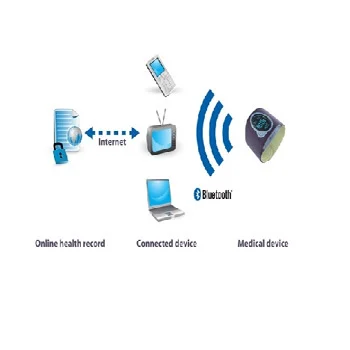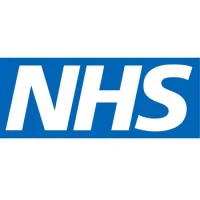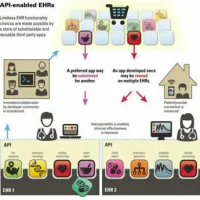Recent analysis from Frost & Sullivan shows that connected health infrastructure could serve to be a binding agent for diverse devices and workflows and can aid diagnosis, monitoring and prevention. However, for such a system to be successful and efficient, it is important to ensure that interoperability and connectivity standards are in place.
Frost & Sullivan found that the adoption of this infrastructure is not uniform across the world due to the lack of a holistic digital healthcare strategy that focuses on integrated care models.
“More than 50 percent of healthcare providers do not have a healthcare IT roadmap, although they acknowledge the role of digital health in enhancing healthcare efficiency,” saidFrost & Sullivan Healthcare Research Analyst Shruthi Parakkal. “Consequently, even the existing interoperability standards such as HL7, DICOM and Direct Project are not being utilised optimally by many providers.”
Hospitals often need to update workflows and processes through software upgrades and code reviews. The analysis also shows that this could become complicated because vendors are often unable to guarantee connectivity between devices from various manufacturers. This problem could be solved by alliances and gateways that harness interoperability and allow devices and IT solutions from different vendors to share information. This could augment connectivity to a large extent. Technology advances such as WiFi, Bluetooth, and radio frequency identification can also play a role.
In addition, FDA guidelines are also expected to facilitate the development of the market for healthcare and medical device interoperability and connectivity.
Source: Frost & Sullivan
Image Credit: Medgadget.com










